Thanks to the economic value it brings, in recent years, farmers in Tien Giang province have "massively" converted from rice fields to fruit trees.
Not only in Tien Giang province, many provinces and cities in the region also share this trend. Many families accept the risk, switching to growing fruit trees to pursue the dream of changing their lives, durian trees are a typical example.
“MASSIVE” CONVERSION
The movement to transform agricultural production models, with fruit trees as its strength, has been and is continuing; the focus is still on durian, a commodity classified as a “billion dollar” crop. In early 2025, we visited An Thai Trung commune, Cai Be district, which is now covered in green fruit orchards.
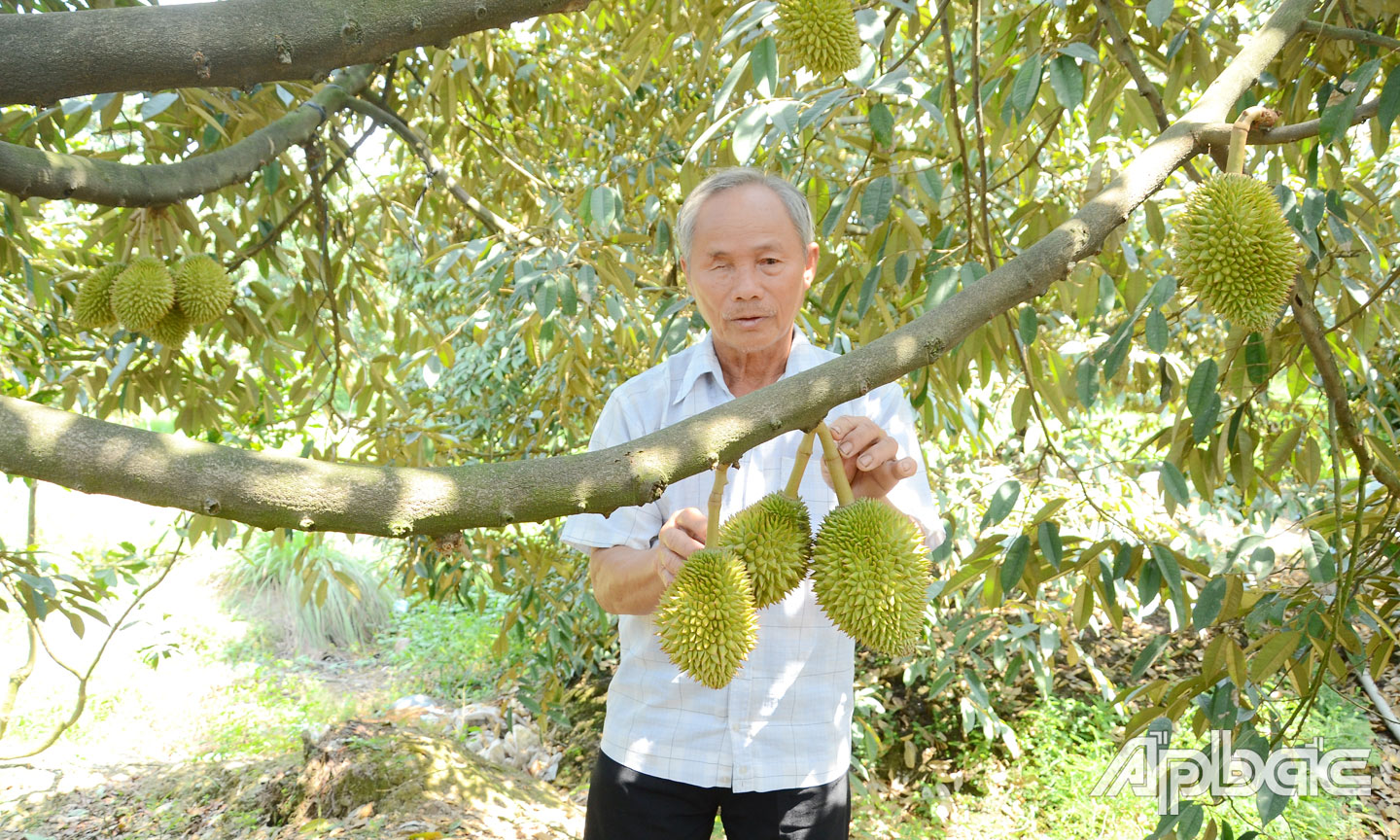 |
| The conversion of production models to fruit trees continues. |
Nearly 5 years ago, more than 3.5 hectares of land of Ms. Tran Thi Thanh Tu's family (Hamlet 4, An Thai Trung Commune) were still growing rice. However, the economic efficiency of rice was not high, so her family had to grow lemons and durians to "take short-term profits to support long-term profits". Up to now, Ms. Tu's family's durian garden is more than 4.5 years old.
Ms. Tu shared: “In the past few days, I have been treating the durian to make it flower. I have to wait until the tree is big enough to harvest the fruit, otherwise the tree will lose its strength. Previously, rice farming was very unstable, now that the durian is almost ready to bear fruit, I am happy.”
In My Loi A commune (Cai Be district), people in this area have also strongly switched to growing fruit trees. Previously, rice occupied the majority of the agricultural land area of the commune. However, now, rice has been almost "erased" in this land, replaced by vast fruit orchards. Of which, the main crop is durian with an area of about 1,200 hectares.
According to statistics from the Department of Agriculture, Tien Giang has a total agricultural land area of 178,048 hectares; of which, rice land is 56,460 hectares, land for growing other annual crops is 9,301 hectares, and land for growing perennial crops is 2,286 hectares. In recent years, the area of fruit trees in the province has continuously increased. Currently, the whole province has about 88,300 hectares of fruit trees. |
Mr. Ngo Van Be Em, Director of My Loi A Agricultural Cooperative (My Loi A Commune, Cai Be District) said: “Currently, the Cooperative has 76 members, with an area of about 230 hectares of fruit trees; in which, the main crop is durian (accounting for about 90%), the rest are star apple, jackfruit and guava. Almost every household with agricultural land has switched to growing fruit trees. Fruit trees have become the main “economic” crop of local people.”
Following the general trend, in the alum-rich area of Tan Phuoc district, pineapple, rice and potatoes are no longer the dominant plants, but are being replaced by many other fruit trees that are growing strongly here such as: Thai jackfruit, durian, dragon fruit...
Mr. Nguyen Van La's family (Phuoc Lap commune, Tan Phuoc district) has 1.4 hectares of rice land. On average, each crop, 1.4 hectares of rice brings in a profit of more than 20 million VND. Mr. La shared: "Recently, my family has converted more than 2 hectares of rice land to grow Thai jackfruit. In general, although it is not long-lasting, Thai jackfruit brings in higher income than growing rice."
In general, the conversion of production models is still ongoing in this new land. According to Vice Chairman of Tan Phuoc District People's Committee Tran Thanh Tu, pineapple is the main crop of the locality with an area of about 15,500 hectares. In recent years, some new fruit trees have been developed in the area such as: Jackfruit with an area of 1,300 hectares, durian over 60 hectares...
Currently, some pineapple growers are shifting to jackfruit. After more than 30 years of renovation, the district’s land has basically met the needs of growing new fruit trees. In the future, it is likely that local farmers will gradually switch from pineapple to jackfruit and other fruit trees.
“In the past 2 years, the durian area of the district has grown to 60 hectares. The number of harvested fruits so far is only a few hectares. Therefore, the district has not yet assessed whether this land is suitable for durian trees or not,” added comrade Tran Thanh Tu.
ATTRACTIVE PROFIT
In fact, profit is the main factor that attracts farmers to boldly switch to growing fruit trees. In recent years, the value of some fruit trees, especially durian, has been very attractive. Good prices, easy consumption, and high profits per hectare have become great motivations for people to switch.
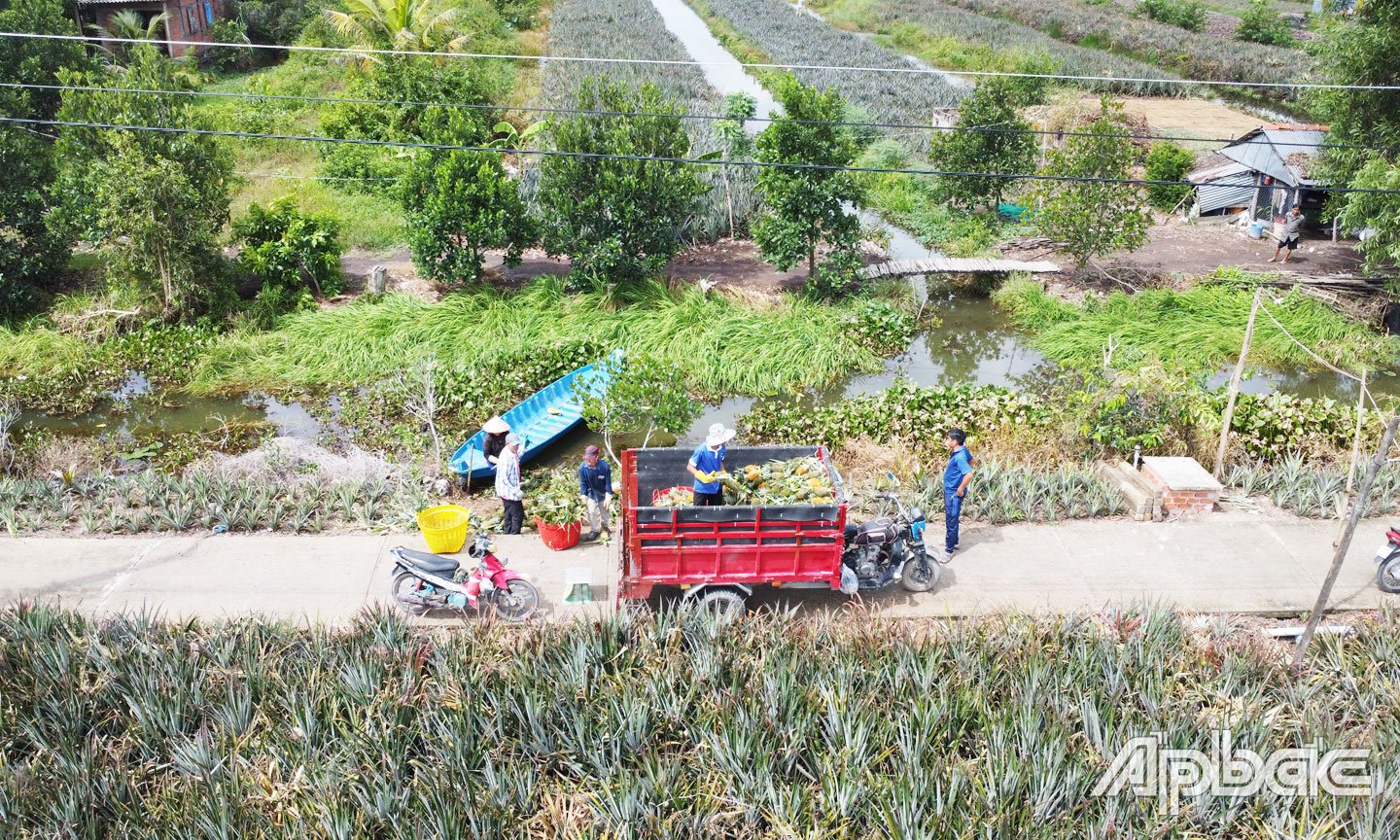 |
In My Trung commune, Cai Be district, the movement of converting rice fields to fruit trees has also developed strongly. Previously, Mr. Nguyen Van Hai's family had 5 hectares of rice fields. Although they grew 3 rice crops a year, due to low profits, Mr. Hai's family could not get rich. He and his wife had to work for hire to improve their economy.
More than 5 years ago, his family decided to "take a risk" by planting durian on raised beds. Mr. Hai said, seeing that people here and in neighboring communes were making a lot of profit from planting durian, he decided to plant on raised beds. Thanks to that, in the first harvest, his family earned nearly 200 million VND.
Crop conversion on rice fields continues. The area of fruit trees increases rapidly, of course the area of rice fields will decrease. According to the People's Committee of My Trung Commune, in 2015, the rice production area of the commune was 1,883 hectares. By 2020, the rice production area was only over 1,200 hectares and now only about 480 hectares. Farmers have strongly converted from rice fields to durian, Thai jackfruit, guava, and lemon.
According to statistics, the total fruit tree area of the commune is about 1,660 hectares, mainly durian and Thai jackfruit; of which, about 1,150 hectares have been harvested. Chairman of the People's Committee of My Trung Commune, Pham Quang Tuyen, said: "Here, at first, most people switched to growing Thai jackfruit. However, after only 3-4 years of planting, the trees had sap leakage up to 50%.
After that, people destroyed the jackfruit trees and built new mounds to grow durian. In general, this land is also suitable for durian cultivation. According to the survey, growing Thai jackfruit gives about 4 times higher profits than growing rice. As for durian, if it grows well and the price is right, it will bring huge profits.
The trend of switching to “billion-dollar” crops is spreading to many other areas. The family of Mr. Nguyen Van Men (Phu Nhuan commune, Cai Lay district) is a typical case of changing their lives thanks to growing fruit trees.
Although he spent most of his life farming rice, his family still could not get rich. In 2015, his family boldly switched to growing more than 1 hectare of durian with more than 20 trees. In this area, Mr. Men is one of the pioneers in growing durian.
Seeing that durian trees grow well in this area, Mr. Men’s family decided to “play big”. Accordingly, Mr. Men decided to make 6 hectares of rice fields to grow durian. Up to now, his family has 2.3 hectares of durian. Thanks to durian trees, the family now has a comfortable life.
From Cai Be district, we went downstream of Tien River, where the fruit growing movement has also developed strongly. Areas previously specialized in rice production have now been converted into Thai jackfruit or durian by local people. Previously, Ms. Nguyen Thi Mo's family (Rach Trac hamlet, My Phuoc Tay commune, Cai Lay town) grew more than 4 hectares of rice.
In 2019, her family decided to switch to growing durian. In the first crop, the durian garden harvested 3 tons, sold for 133,000 VND/kg, earning a good profit. Ms. Mo shared: “After more than 5 years of growing durian, I found that durian trees are suitable for this land, the fruit quality is also good. But the important thing is that durian brings much higher economic efficiency than growing rice, so I am very excited.”
If following the general rule, the transformation towards a production model that brings high economic efficiency and increases farmers' income is also a legitimate goal. Of course, this shift, if in accordance with the planning, will form concentrated production areas with large output, creating a foundation for export.
A. THU - T. AN
(to be continued)
Source: https://baoapbac.vn/kinh-te/202503/huong-di-nao-cho-nganh-hang-ty-do-huong-di-nao-cho-nganh-hang-ty-do-bai-1-dua-nhau-trong-cay-an-trai-1038287/


![[Photo] Third meeting of the Organizing Subcommittee serving the 14th National Party Congress](https://vstatic.vietnam.vn/vietnam/resource/IMAGE/2025/4/2/3f342a185e714df58aad8c0fc08e4af2)


![[Photo] Relatives of victims of the earthquake in Myanmar were moved and grateful to the rescue team of the Vietnamese Ministry of National Defense.](https://vstatic.vietnam.vn/vietnam/resource/IMAGE/2025/4/2/aa6a37e9b59543dfb0ddc7f44162a7a7)


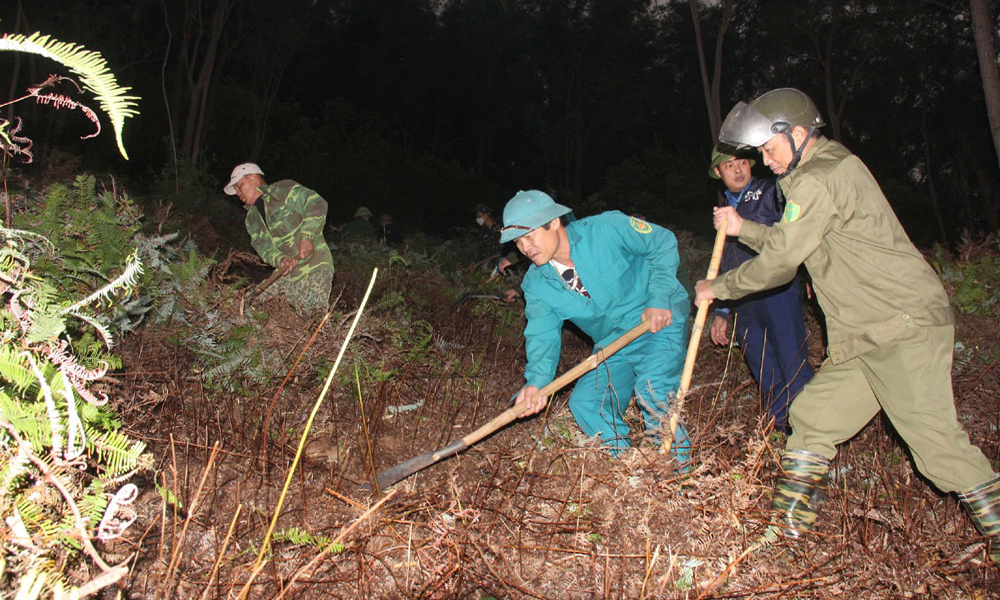
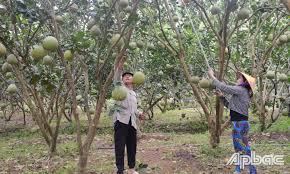
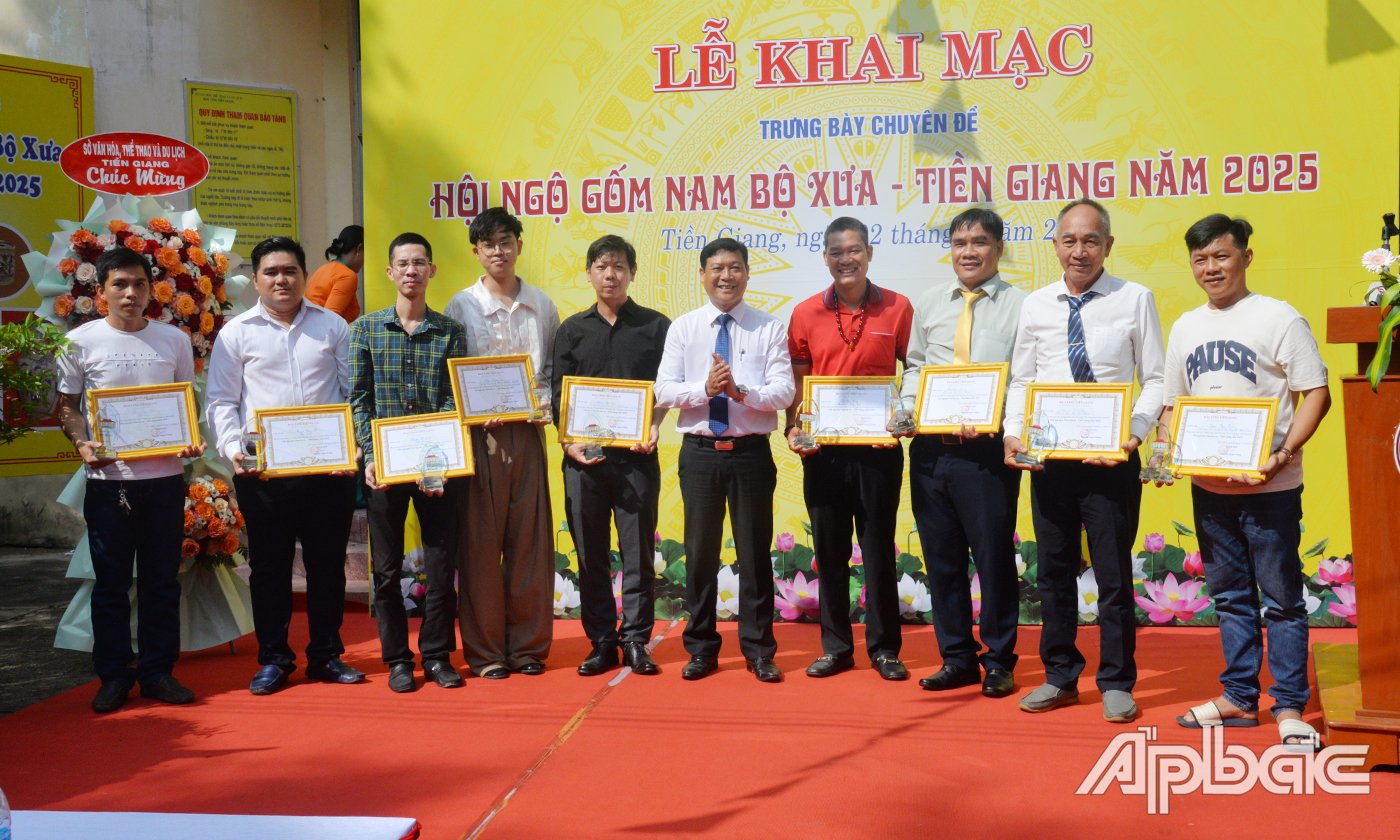


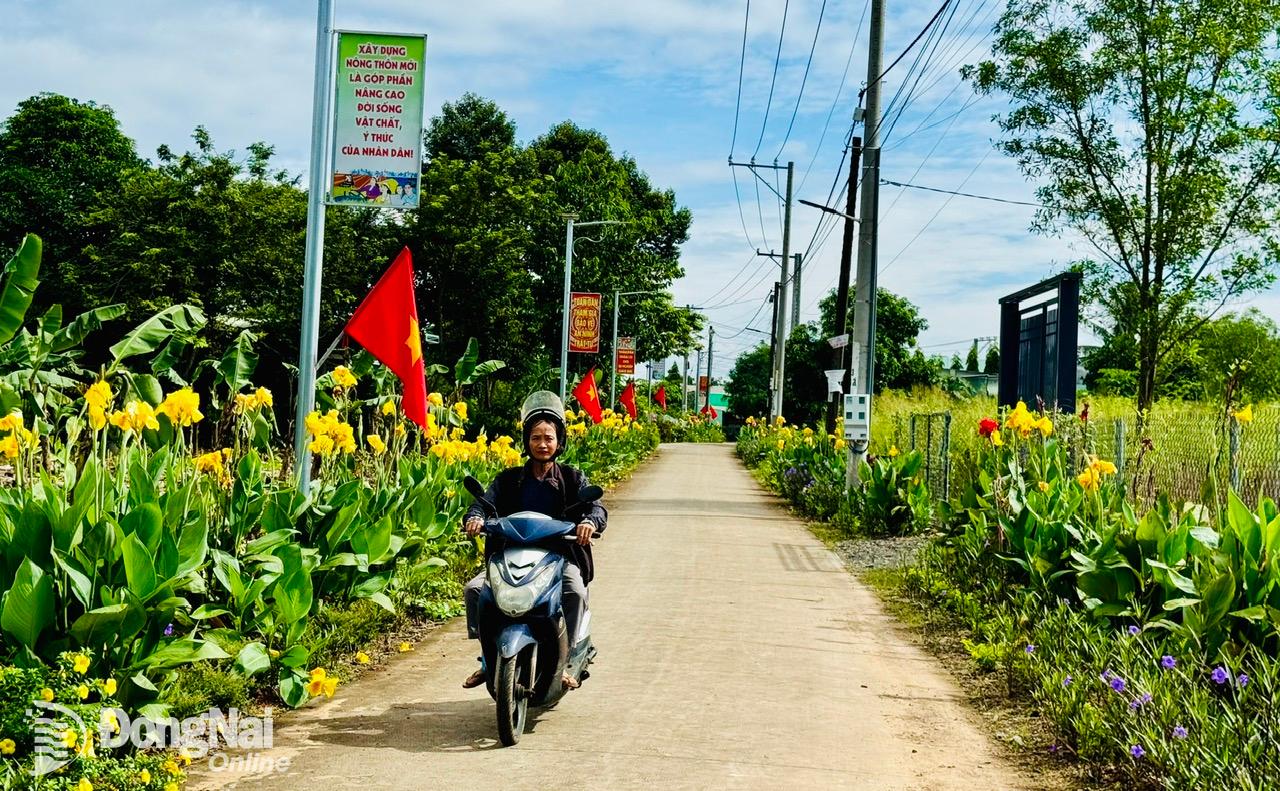





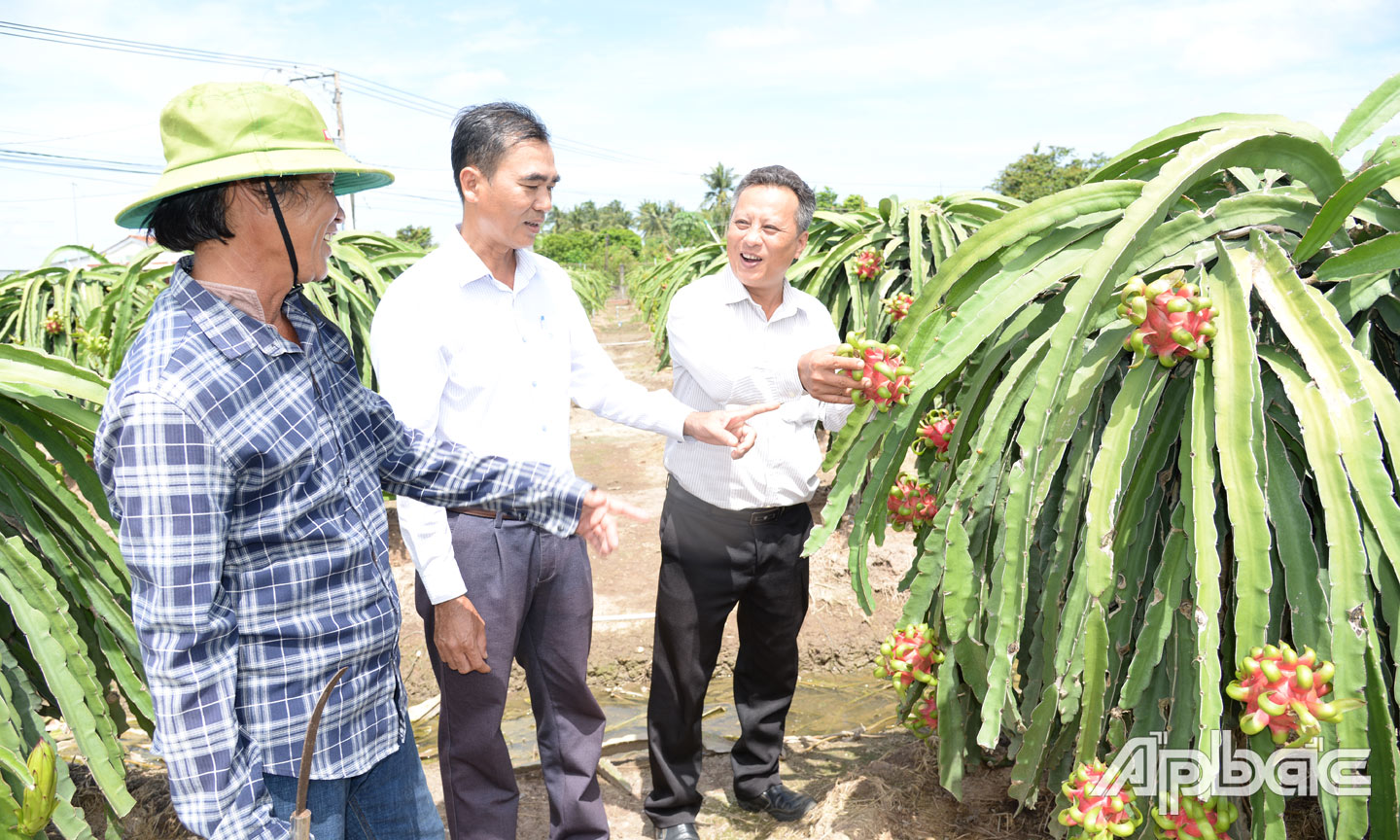
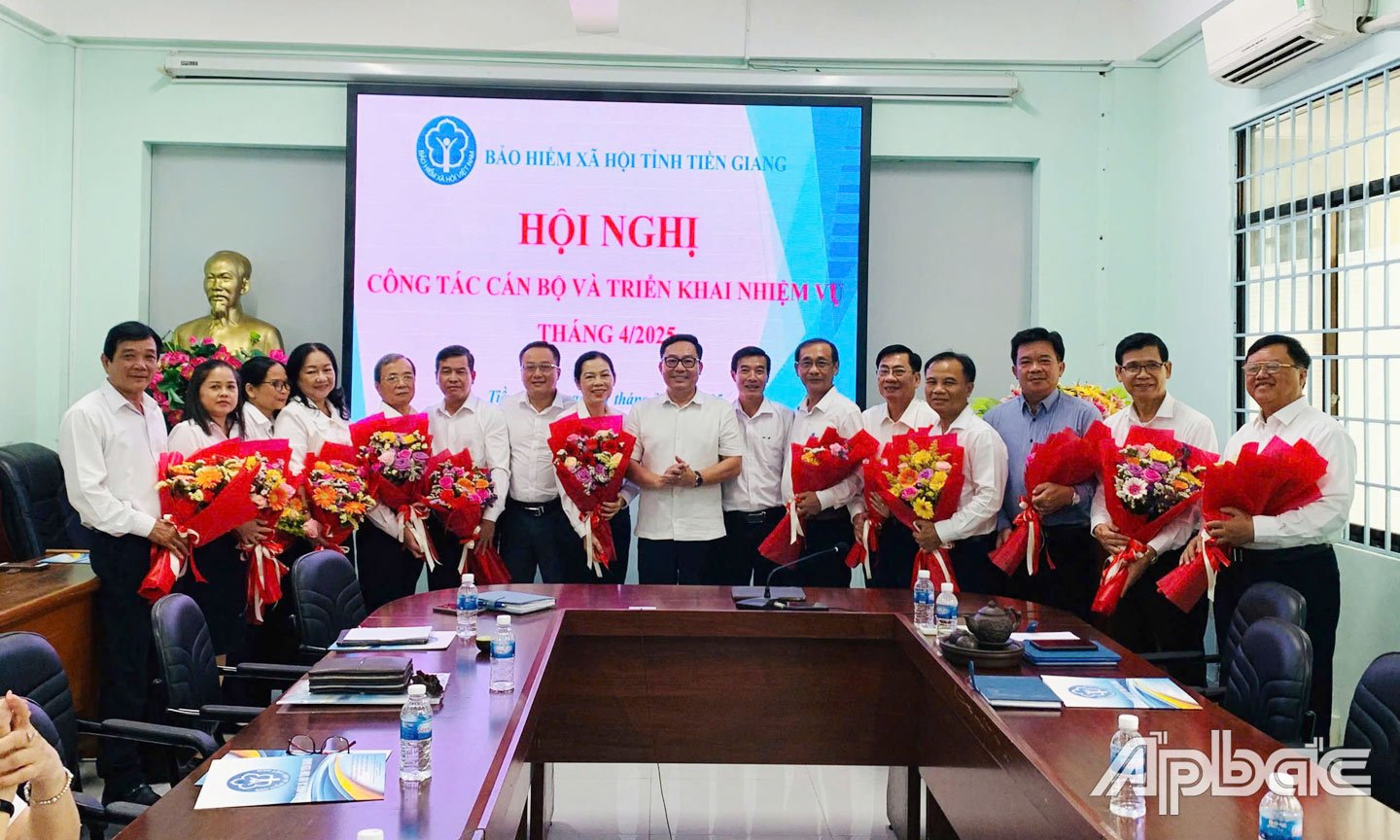

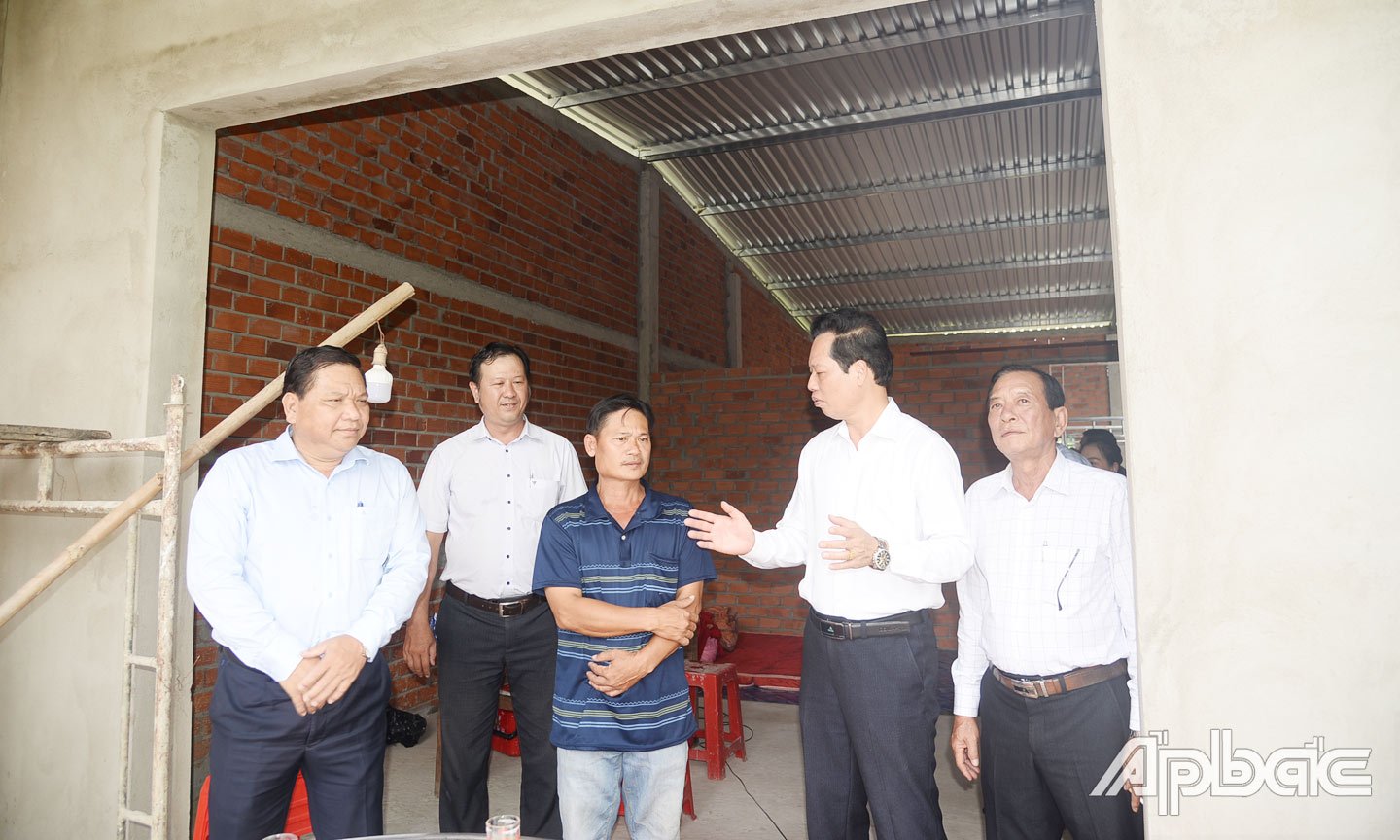
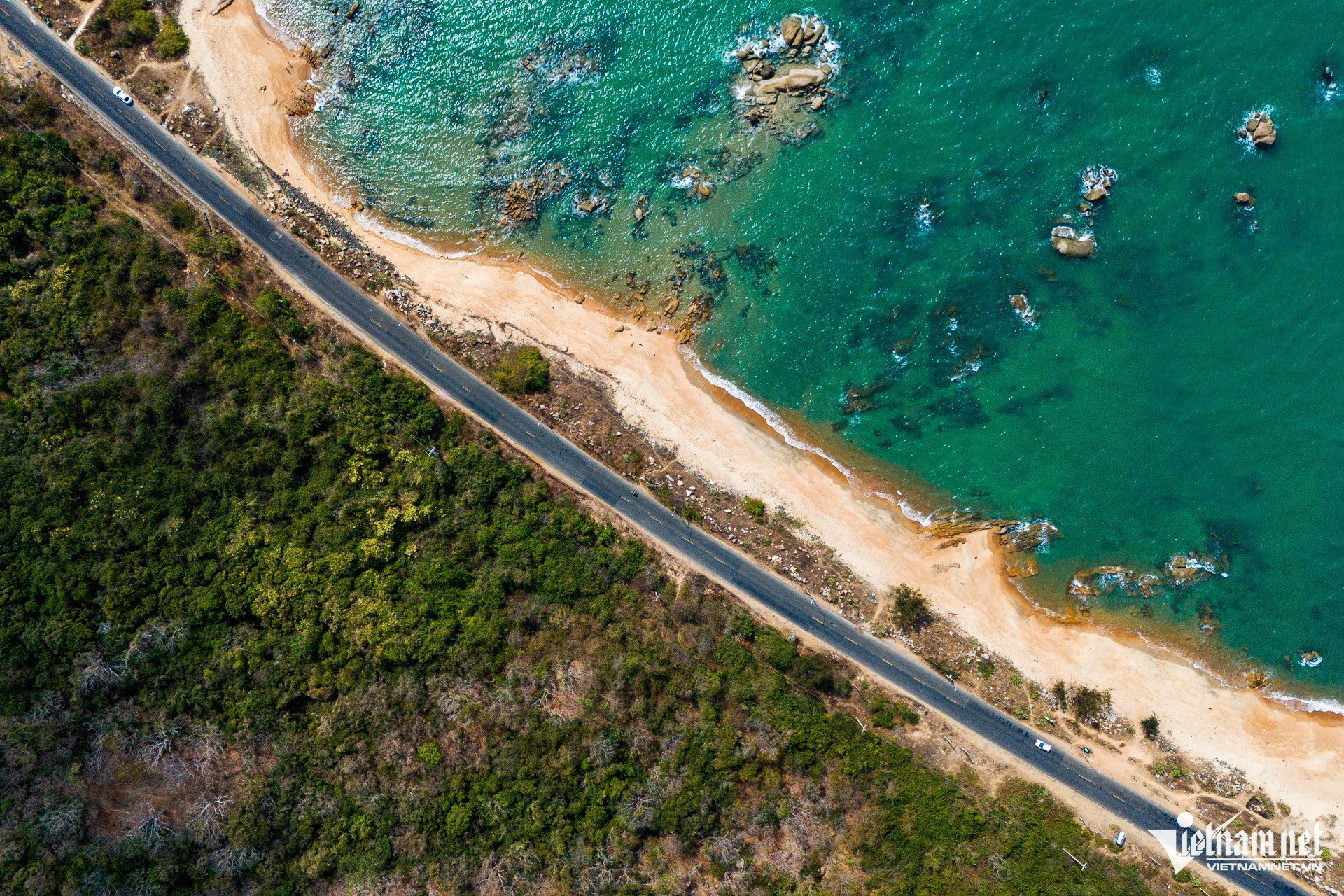










































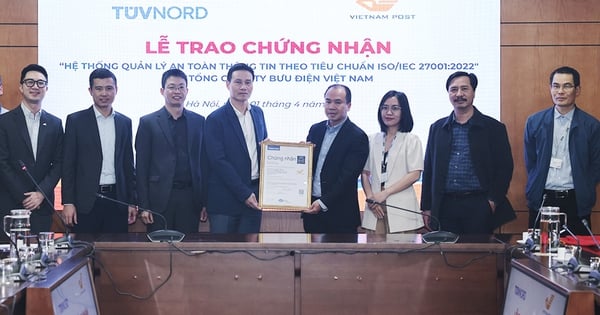






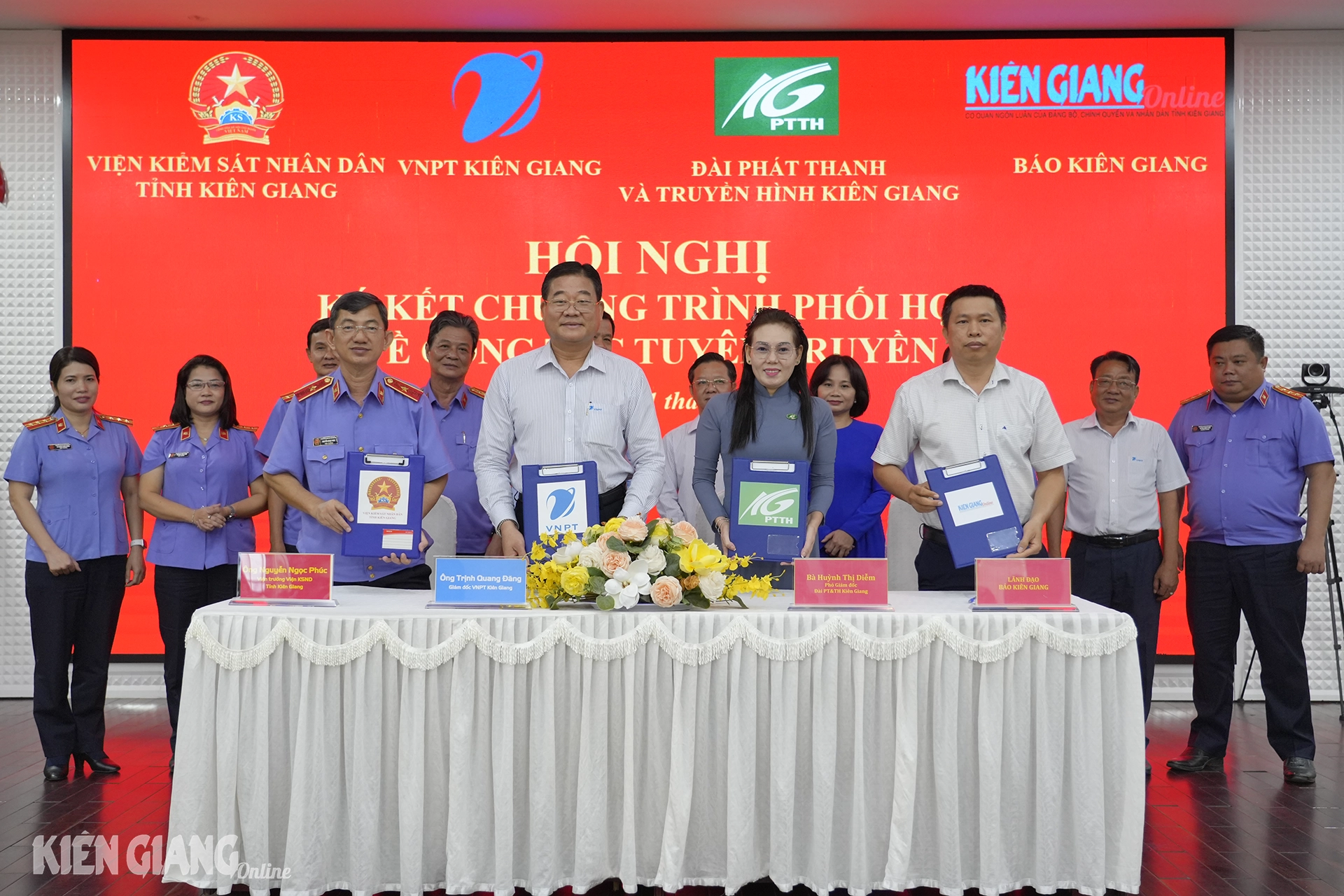

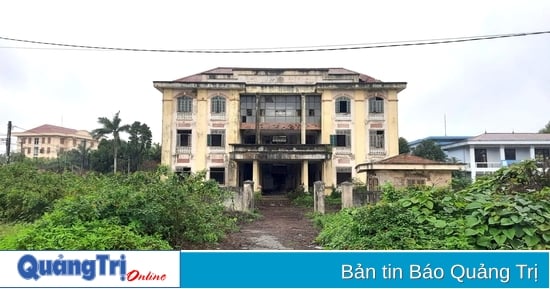
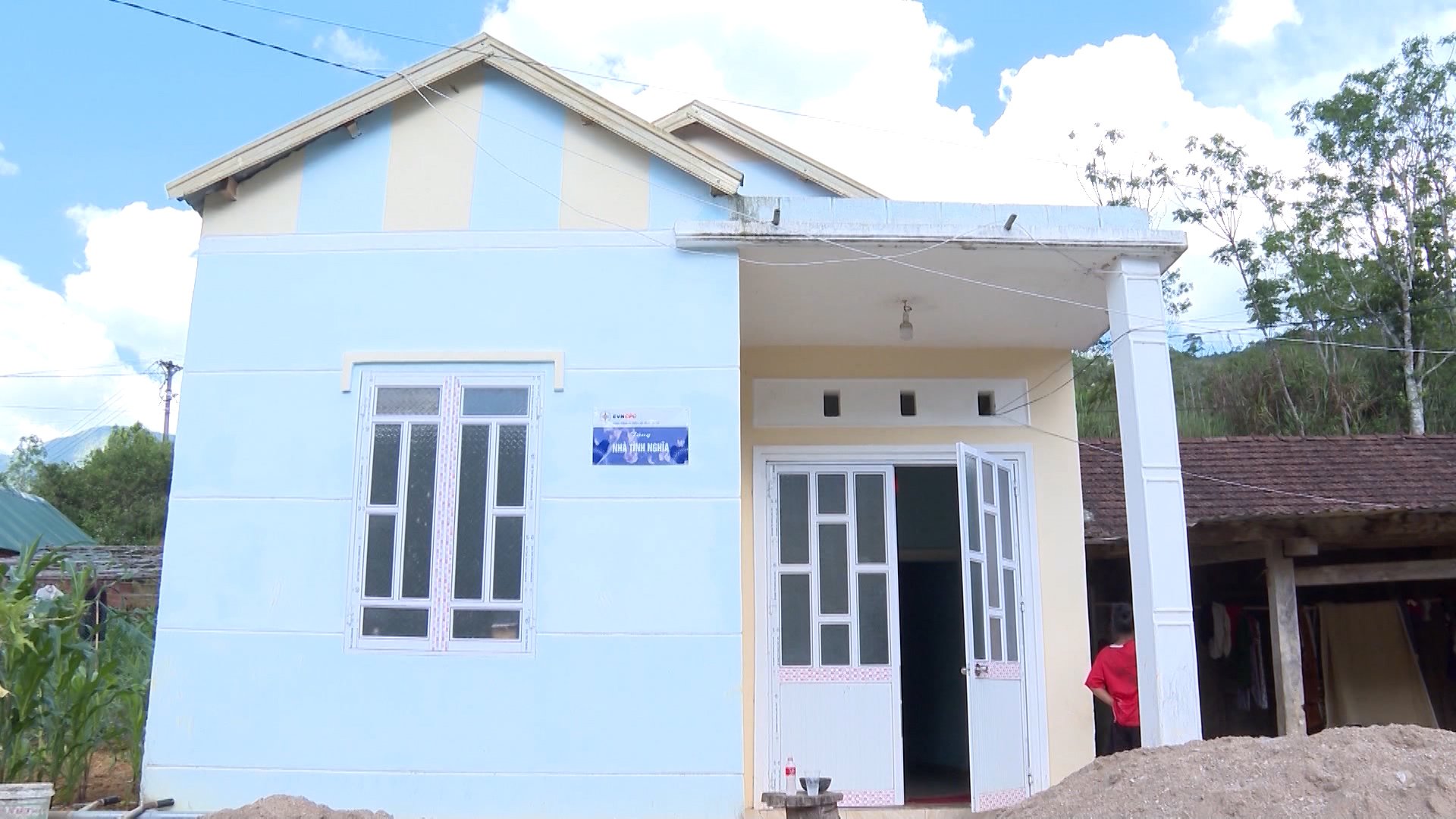
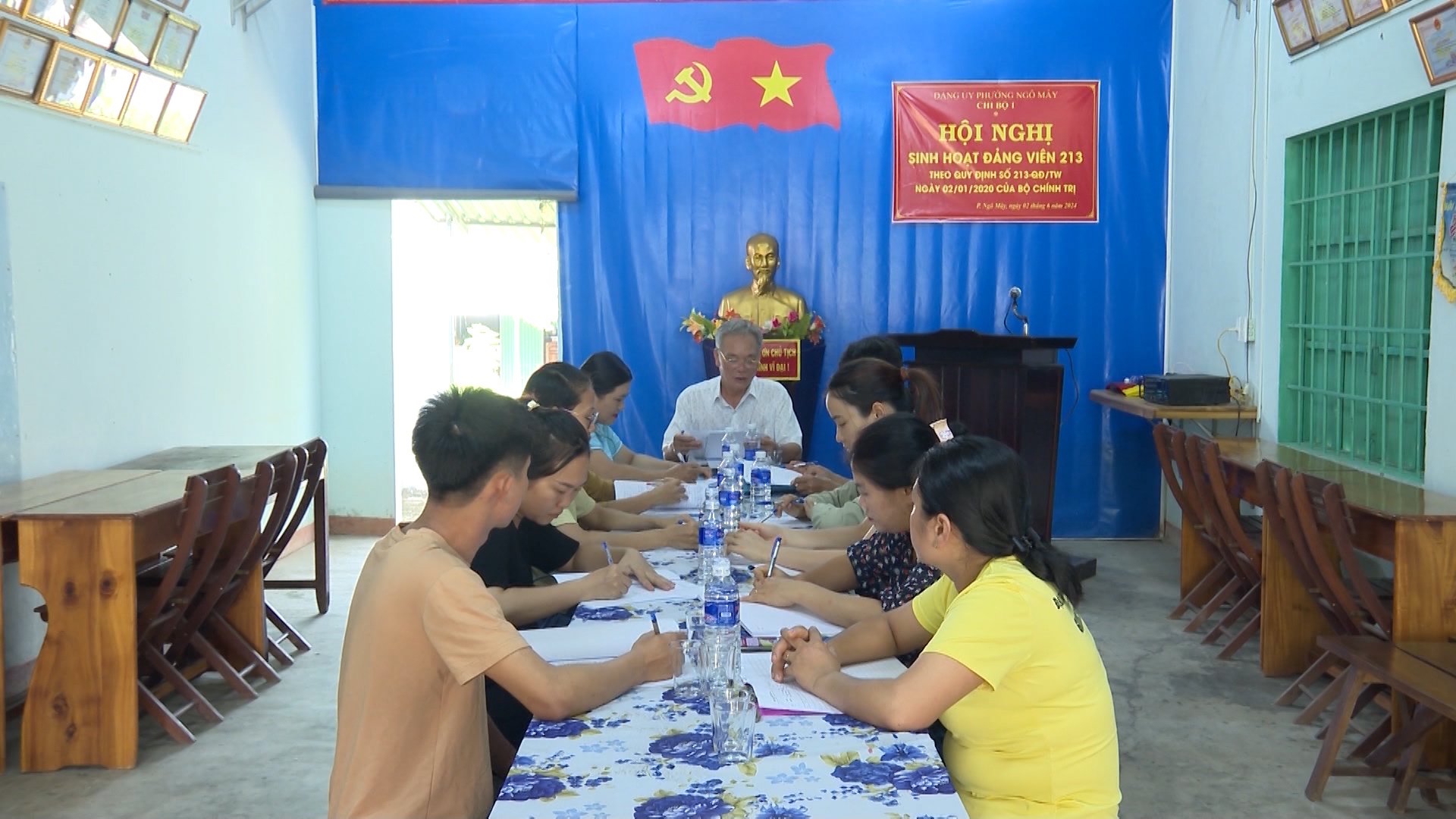
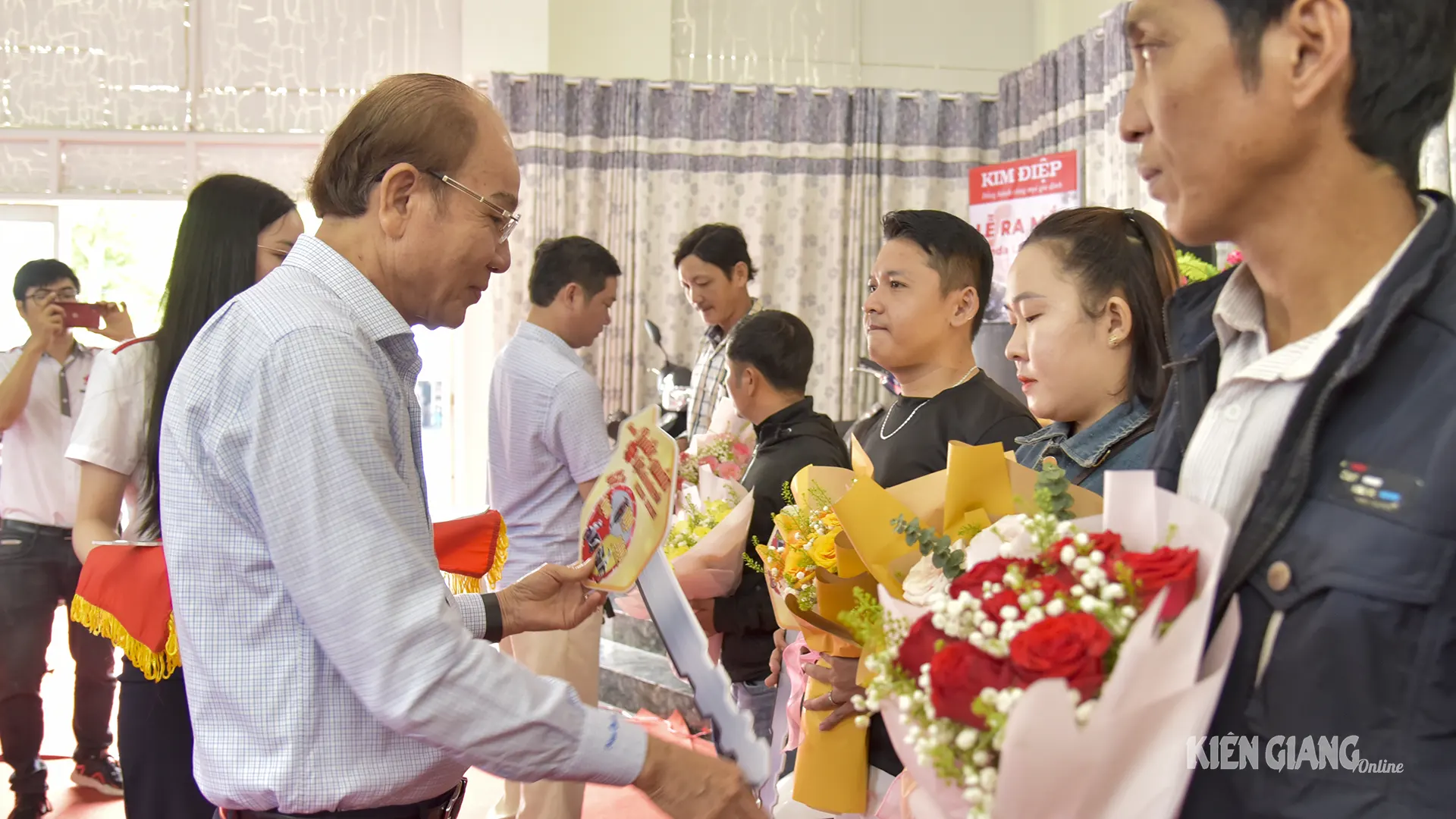













Comment (0)